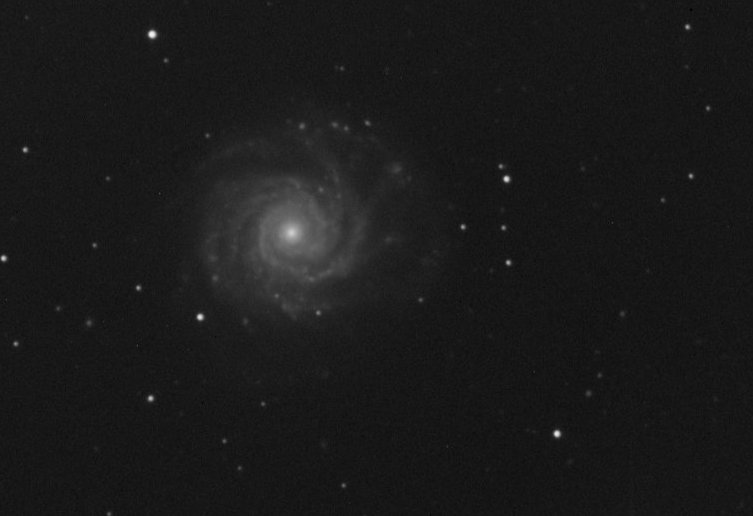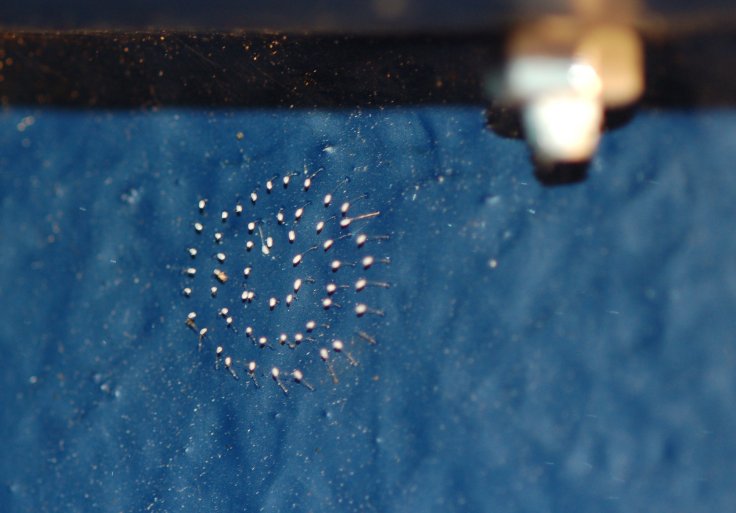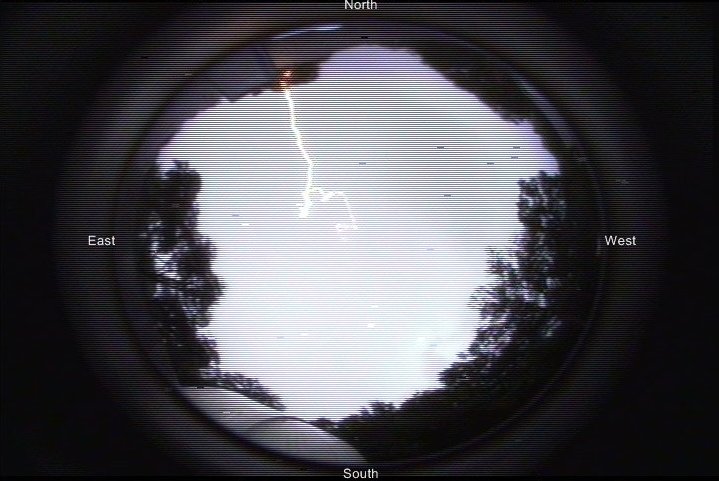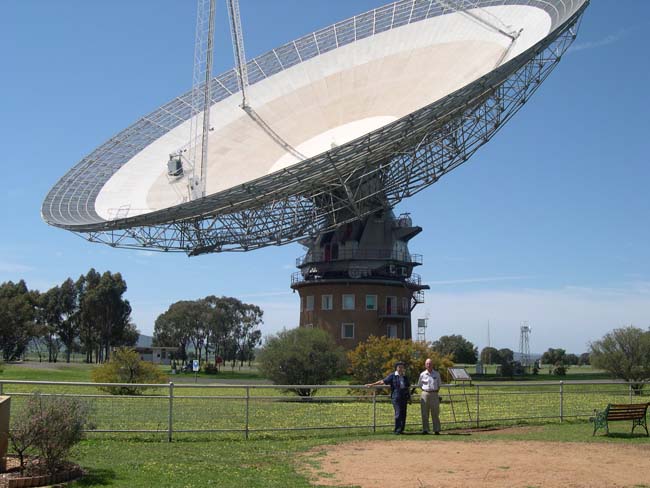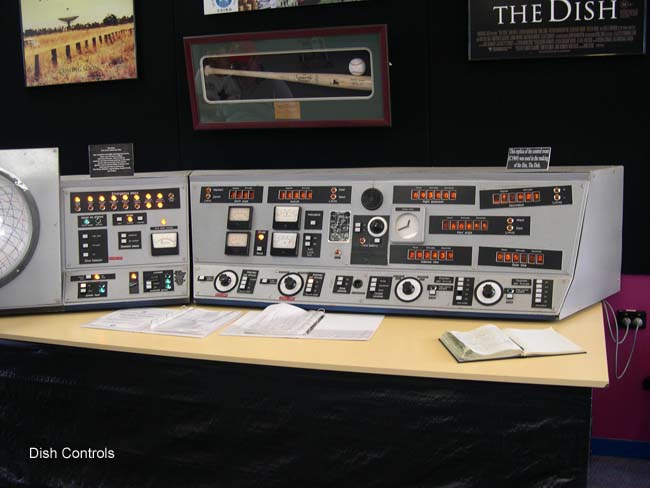In August 2011, an Atlas V rocket was launched from Kennedy Space Center. On top was the Juno spacecraft bound for Jupiter. Juno’s task is to study Jupiter’s atmosphere and interior in order to better understand the planet’s creation and by extension, planet creation in general.
Due to the hazardous radiation environment of Jupiter the spacecraft carries its sensitive control electronics in a titanium tub known as a radiation vault. Partly due to the mass of the vault, the size of the spacecraft and its solar arrays and partly due to the fact we don’t have an upper stage that has the necessary power, a direct trajectory to Jupiter was not possible. So, Juno needed some additional help achieving the speed necessary to go the distance.
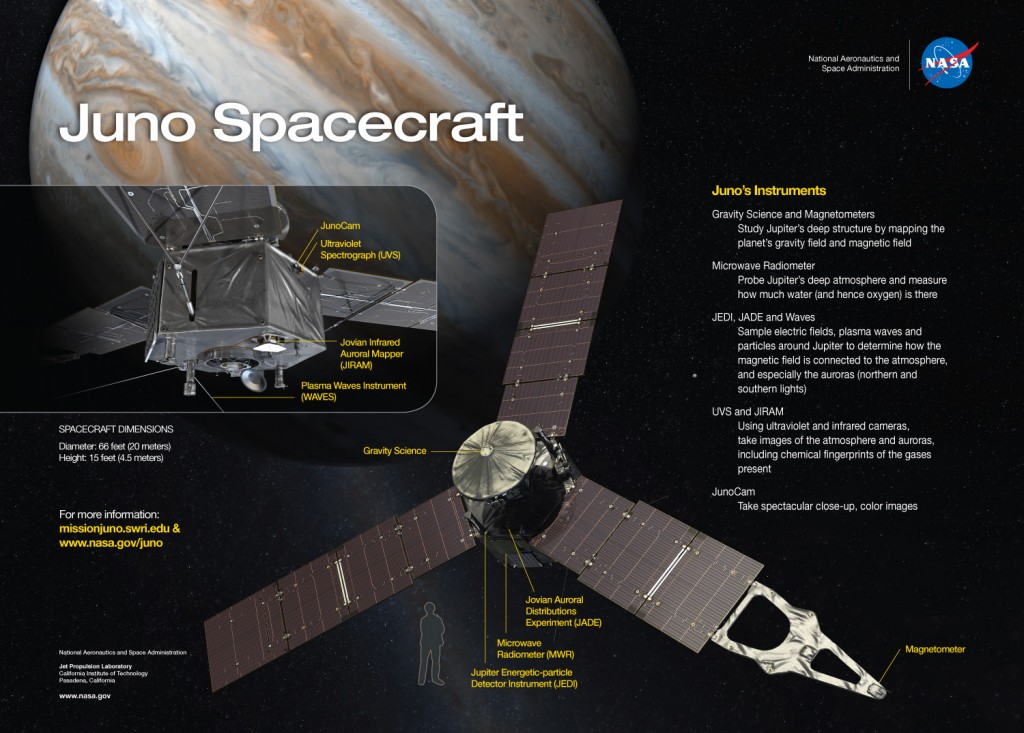
Observe the size of the human silhouette in comparison to the spacecraft in this NASA briefing slide.
The craft was sent into an orbit that took it out past Mars to the vicinity of the asteroid belt. It then fell back into the inner solar system with a planned close pass by the Earth. The spacecraft would then use the Earth’s gravity well as an aid to gain the necessary speed to make the journey. That close pass occurred yesterday the 9th of October with the closest approach at 1425 CDT at a distance of about 347 miles. Unfortunately for us, closest approach was at night above South Africa and Southwest Asia. Juno did not come into view at PTO until just before 0100 on the 10th. The following animation is a set of nine 300 second images.
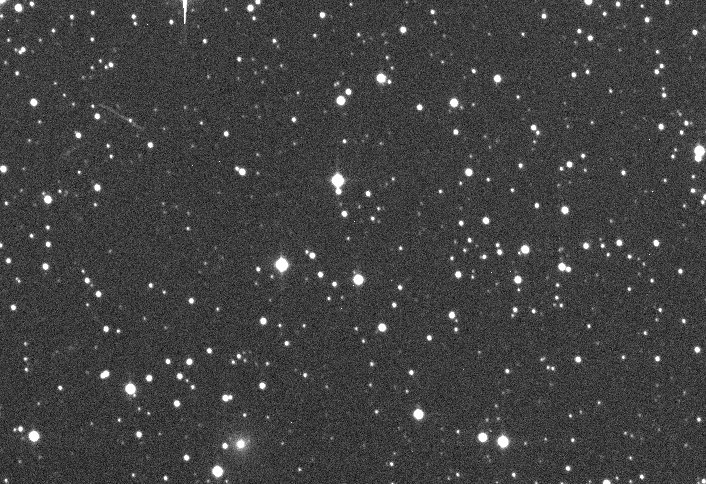
North is to the right and East is up. By the time I took the images, the spacecraft was already 250,000+ miles away. In 1969, it took the Apollo astronauts 3 days to fly the 238,900 mile distance to the moon. Juno had already passed that distance in the 10.5 hours since closest approach.
I must thank Heavens-Above.com for the very accurate pointing data. It was spot on.


